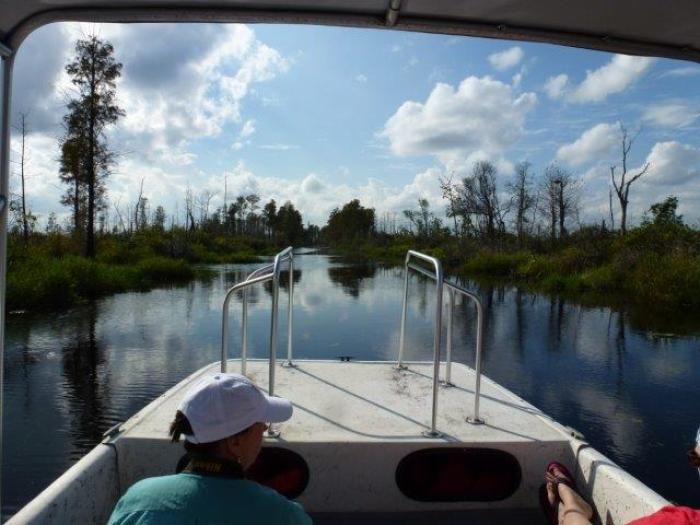
The recent International Herb Association conference took me on a road trip to San Fernandina Beach, Florida. A trip to the Okefenokee Swamp was part of one of the tours–while there were freezing temps in other parts of the U.S.–it’s still warm and balmy down south. Come on and take a boat ride through the swamp!
It was hard to imagine that the woodstove was going back at home and all of the annuals had been frosted, when I was wearing flipflops in Florida and walking through gardens with palm trees, tropical flowers in bloom, tomatoes and hot peppers still on the vines, not to mention citrus fruits hanging in the trees of some of the gardens we visited.
Though mostly located in three counties in Georgia, the Okefenokee Wildlife Refuge touches Baker County in Florida and covers over 400,000 acres. The Native American word Okefenokee means “land which trembles”. After years of trying to build in and drain the swamp for farming, then years of wetlogging and hauling out timber, in 1937, President Franklin Roosevelt established the refuge, designating it as “a refuge and breeding ground for migratory birds and other wildlife”.
After viewing a movie about the swamp in the exhibit building in Folkston, Georgia, our boat started out on the Suwannee Canal which is 11.5 miles long. We immediately spied herons, egrets and alligators.
The Okefenokee Swamp is a huge bog inside a saucer-shaped basin that was part of the ocean long ago. Presently, the swamp is just over 100 feet above sea level. It is one of the world’s biggest freshwater ecosystems. Wet prairies, scrub vegetation, cypress groves, upland islands and open lakes are included in this habitat.
The swamp floor is largely covered by peat deposits, which can be up to 15 feet thick. In many places on the open lake areas these peat deposits form shallow floating islands of vegetation. Many of these are unstable–an animal or human could not stand on them as they could not support their weight. In some places shrubs and trees tremble by stomping the surface–thus the Native American name for “trembling earth”.
Because of the high level of tannic acid from the peat and decaying vegetation, the water is dark and rather tealike in color. All the better for those gators to hide in! Actually, we spied lots of alligators, as well as many different kinds of waterfowl and some turtles. Besides the many cypress and pine trees, we saw all kinds of holly and bay trees and both green and flowering shrubs, as well as wildflowers and pitcher plants.
The sun was shining and there was a lovely breeze–we had an informative and friendly tour guide guiding our boat, who had a good sense of humor and answered our many questions–a perfect day out on a boat botanizing with herbal friends and observing the wonders of nature in the Okefenokee Swamp. If you get down that way, don’t miss it.
Fine Gardening Recommended Products

A.M. Leonard Deluxe Soil Knife & Leather Sheath Combo
Fine Gardening receives a commission for items purchased through links on this site, including Amazon Associates and other affiliate advertising programs.


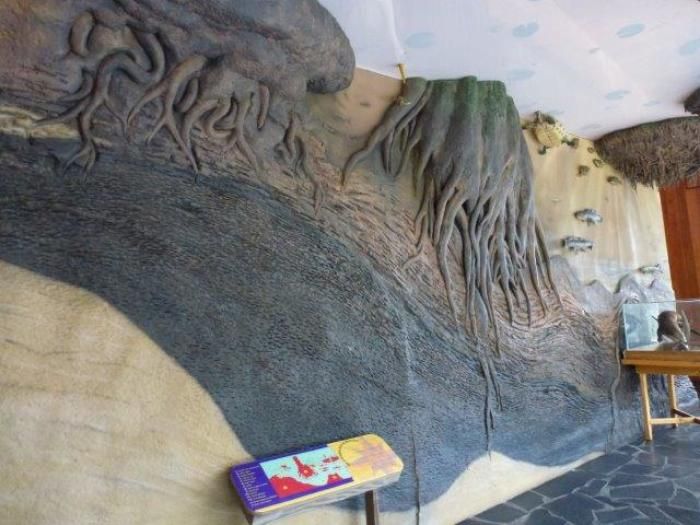

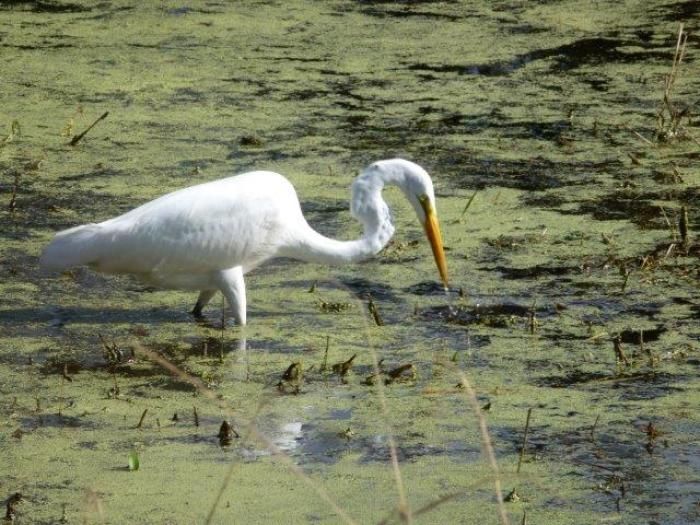
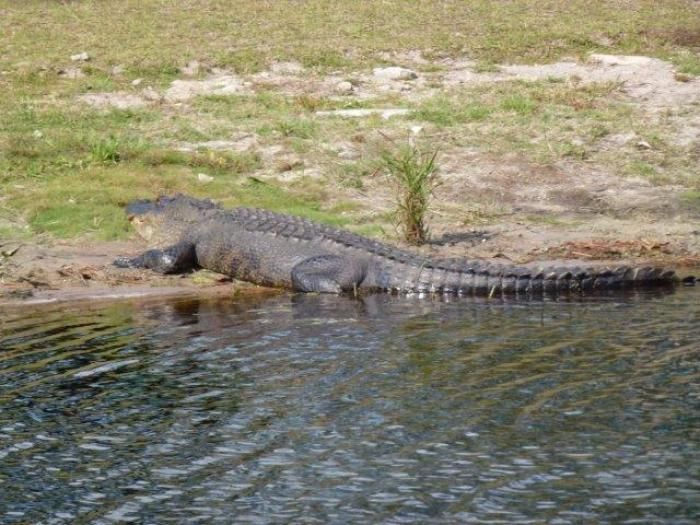
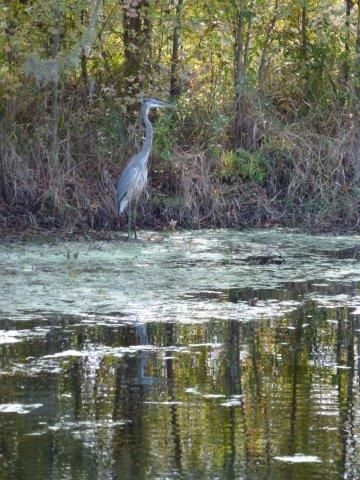
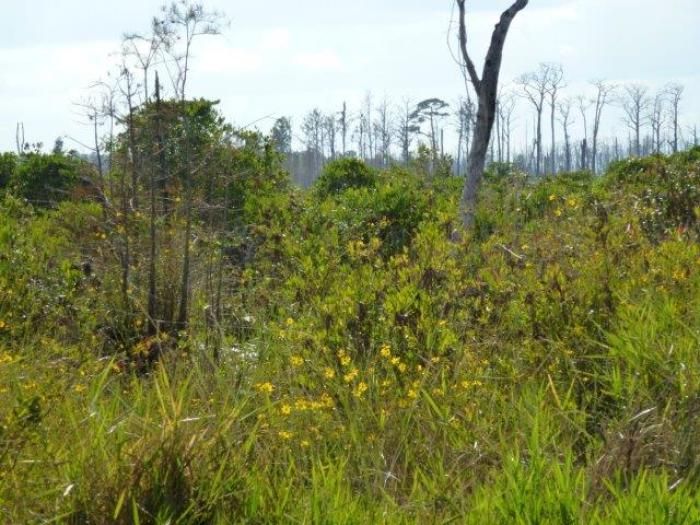

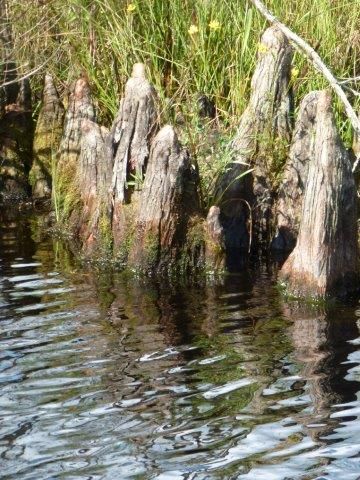
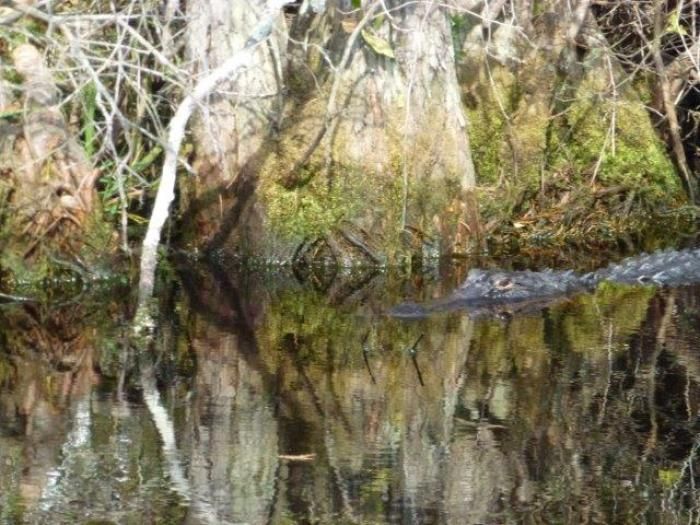
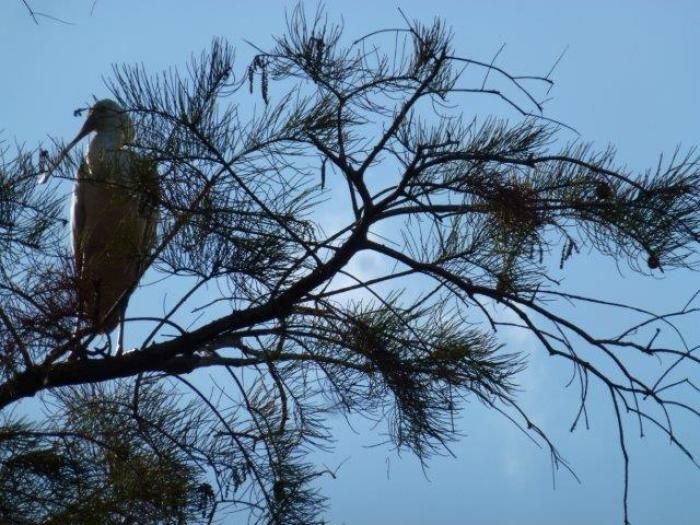
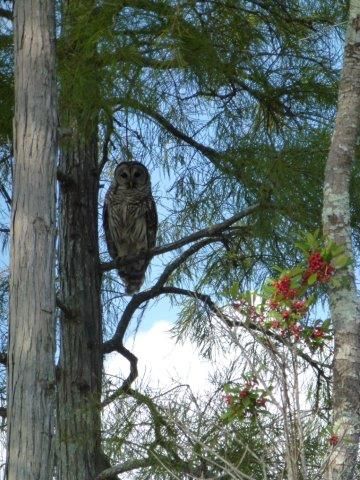

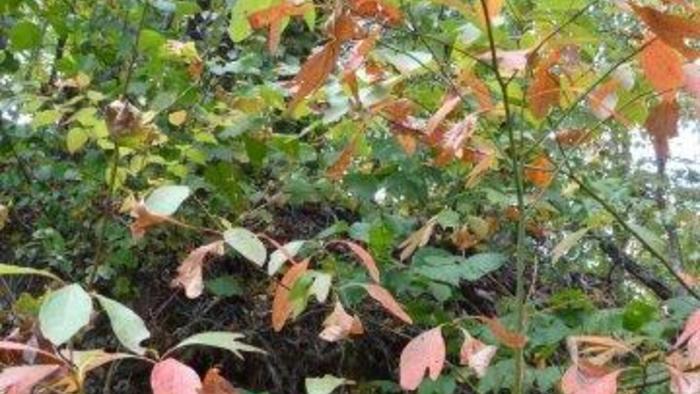















Comments
Log in or create an account to post a comment.
Sign up Log in